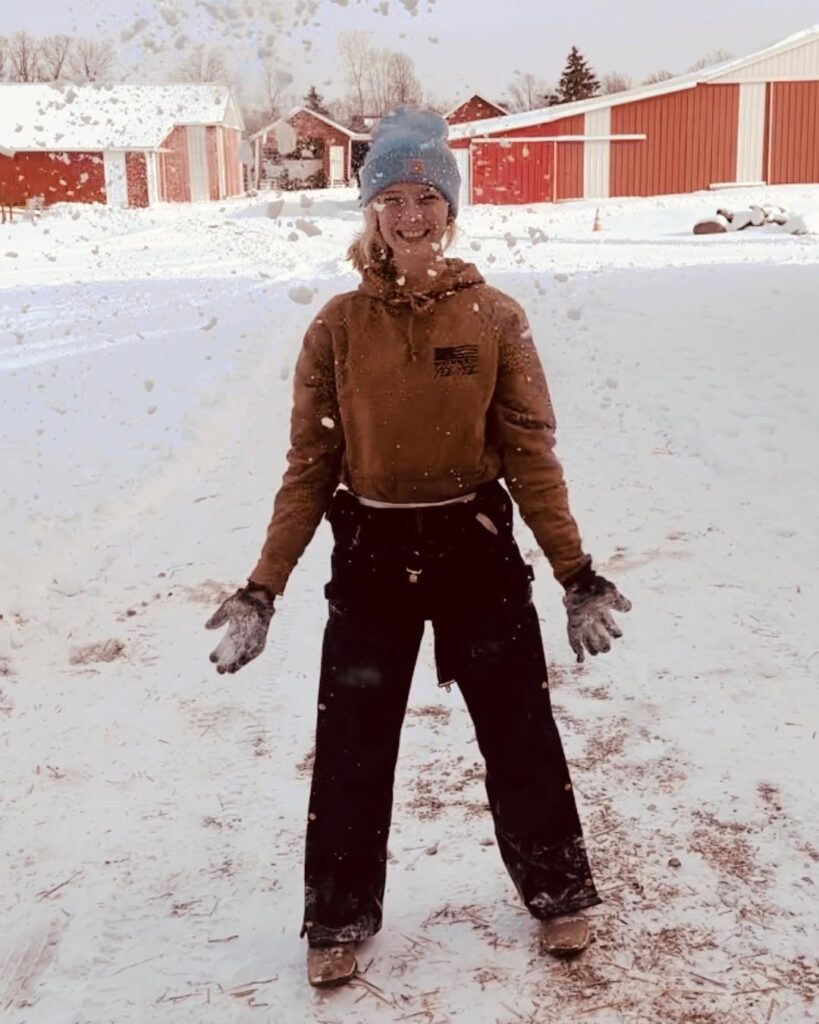There’s something enchanting about cold weather. Whether it comes as a gentle chill in the early mornings of autumn or the full force of winter snowstorms, cold weather changes the way the world looks, feels, and functions. It demands attention. It slows us down, wraps us in layers, and shifts our daily routines. From the crunch of frost underfoot to the coziness of a warm fire indoors, cold weather carries both challenges and charm.

The Physical Experience of Cold
Cold weather is typically defined by temperatures falling below comfortable room temperature, and in many parts of the world, it can plunge well below freezing. When the temperature drops, our bodies react immediately: we shiver, our noses turn red, and we reach for scarves, gloves, and thick coats. Breath becomes visible in the air. Skin dries and cracks if not cared for. Muscles may feel stiffer, and it takes a bit more energy to get going in the morning.
For some, cold weather is invigorating. The crisp air feels fresh and clean, and the cold can awaken the senses. For others, especially those sensitive to temperature changes, the cold can feel harsh and unpleasant. Regardless of personal preference, everyone must prepare for the physical effects of cold—whether it’s through clothing, shelter, or heating systems.
Clothing and Preparation
One of the most obvious ways cold weather changes our lives is in how we dress. Layering becomes essential. People wear thermal undergarments, thick sweaters, wool socks, boots, beanies, and winter coats. Gloves protect our hands, and scarves cover our necks and faces. Fashion in cold climates often revolves around both practicality and style—balancing warmth with personal expression.
Beyond fashion, cold weather also requires preparation in our homes and vehicles. Heaters and fireplaces are turned on. Water pipes may be insulated to prevent freezing. Windows are sealed to block drafts. Cars may need winter tires, antifreeze, and emergency kits including blankets and shovels.

Cold Weather and the Natural World
The impact of cold weather is not limited to humans. In nature, the drop in temperature brings visible and invisible changes. Many trees lose their leaves in autumn to conserve energy through winter. Animals grow thicker fur, migrate to warmer climates, or enter hibernation. Birds disappear from one region only to appear in another. Bears, squirrels, and other mammals prepare dens and store food.
Snow is one of the most iconic symbols of cold weather. It blankets the ground in white, muffling sounds and transforming everyday landscapes into something magical and serene. Icy conditions can make travel dangerous but also create opportunities for recreation—skiing, snowboarding, ice skating, and sledding are all beloved winter activities that depend on cold weather.

Cold Weather Around the World
Cold weather varies greatly depending on geography. In Canada, Russia, and Scandinavia, winters are famously long and bitter. In contrast, places closer to the equator may rarely see temperatures fall below freezing. Yet even in traditionally warmer countries, cold spells can cause major disruption simply because the infrastructure and people are not used to such weather.
Cultural responses to cold vary as well. In Scandinavian countries, there’s a strong tradition of embracing cold weather with concepts like hygge in Denmark—celebrating coziness, warmth, and contentment during the darker months. In the U.S. and Canada, snow days are eagerly awaited by children, while others dread the long commutes and icy roads. In Japan, hot springs (onsen) become especially popular during the colder months, offering natural warmth and relaxation.

Emotional and Mental Effects
Cold weather doesn’t just affect our bodies—it influences our minds and moods as well. For many, cold weather and shorter days can lead to a drop in energy, motivation, and even mood. Seasonal Affective Disorder (SAD) is a condition where people experience symptoms of depression during the winter months, primarily due to reduced sunlight exposure.
But cold weather can also bring peace and reflection. It encourages people to slow down, stay indoors, and enjoy quieter moments. The idea of “wintering” — taking time to rest, recharge, and focus inward — is gaining popularity as a counterbalance to modern life’s constant activity. A snowstorm might cancel plans, but it also offers the rare gift of stillness.
Reading by a fireplace, sipping hot cocoa, watching snow fall from the comfort of a warm home—these are the kinds of moments people treasure in cold weather. The chill outside makes the warmth inside feel even more special.

Challenges of Cold Weather
Despite its beauty, cold weather presents serious challenges. Hypothermia and frostbite are real dangers for those exposed to extreme cold, especially the elderly, homeless, or those without proper heating. Roads become slick with ice, causing accidents. Power outages from snow and wind can leave people stranded and cold. Heating costs rise, putting financial pressure on many households.
Agriculture suffers in extreme cold. Crops can die from frost. Livestock needs special care. In cities, infrastructure like public transportation and utilities is tested to its limits.
For the homeless and those living in poverty, winter is especially cruel. Access to warm clothing, shelters, and hot meals can be a matter of life or death. Many charities and organizations focus on increased outreach and support during colder months.

The Magic of Cold
Yet for all its dangers and discomforts, cold weather retains a kind of magic. There’s wonder in the way snowflakes fall, no two alike. The quiet after a fresh snowfall, the smell of woodsmoke in the air, the sense of anticipation for holidays and reunions—all of these are gifts of the cold season.
Children build snowmen, couples hold hands more tightly, and families gather over hot meals. Cold weather invites rituals—lighting candles, baking cookies, sipping soup. Even walking outdoors, cheeks flushed and breath visible, becomes an experience to savor.
In literature and art, winter is often a metaphor for reflection, endurance, or waiting for renewal. Just as the earth rests under a blanket of snow, people often turn inward, reevaluate goals, or find comfort in routines. Cold weather doesn’t just freeze—it pauses, calms, and prepares for the warmth ahead.
Conclusion
Cold weather is more than just a temperature drop. It’s a season of change, both external and internal. It influences how we dress, eat, travel, and think. It challenges us physically and emotionally, but it also brings beauty, peace, and perspective.
For some, cold weather is a nuisance. For others, it’s a time of joy and connection. But for everyone, it’s a reminder of nature’s power—and the ways we adapt, survive, and even thrive when the world around us turns cold.
So whether you’re bundling up for a brisk walk, watching snowflakes dance from your window, or warming your hands around a mug of tea, take a moment to appreciate what cold weather brings: clarity, calm, and a special kind of beauty that only winter can offer.



